Quantum Information Theory
Introduction
Quantum Information Theory is a branch of science that combines aspects of quantum mechanics and information theory. It explores the application of quantum mechanics to the processing and transmission of information. Quantum Information Theory is a rapidly developing field with significant implications for quantum computing, cryptography, and quantum teleportation.
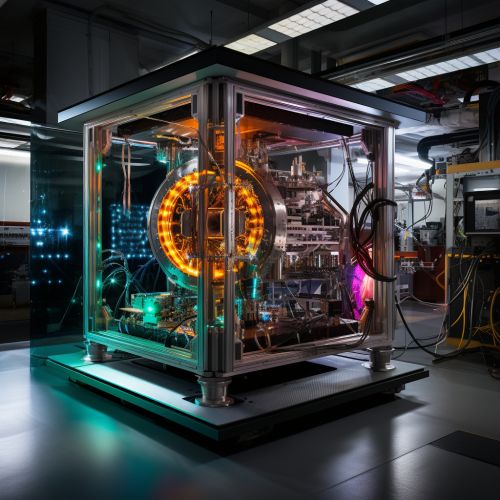

Quantum Mechanics and Information Theory
Quantum mechanics is a fundamental theory in physics that describes the behavior of matter and energy at the smallest scales, such as atoms and subatomic particles. Information theory, on the other hand, is a mathematical framework for the study of data transmission, storage, and processing. Quantum Information Theory merges these two fields, applying the principles of quantum mechanics to the study of information processing and transmission.
Quantum mechanics introduces several key concepts that are central to Quantum Information Theory. These include superposition, quantum entanglement, and quantum states.
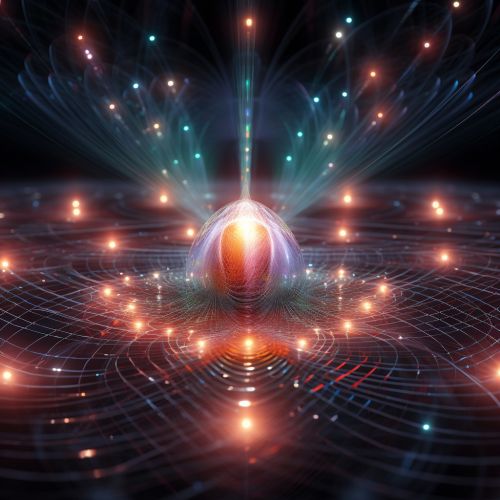
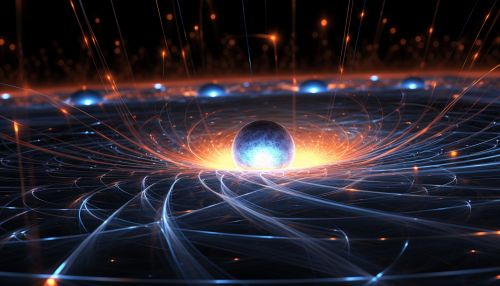
Quantum Bits and Quantum States
In classical information theory, the fundamental unit of information is the bit, which can be in one of two states: 0 or 1. In contrast, Quantum Information Theory introduces the concept of the quantum bit, or qubit. A qubit can be in a state of 0, 1, or any superposition of these states. This means that a qubit can represent 0 and 1 simultaneously, a property that is central to the power of quantum computing.


Quantum Entanglement
Quantum entanglement is another fundamental concept in Quantum Information Theory. It refers to a phenomenon where two or more particles become linked and the state of one particle can instantaneously affect the state of the other, no matter the distance between them. This property is used in quantum information processing, particularly in quantum teleportation and quantum cryptography.
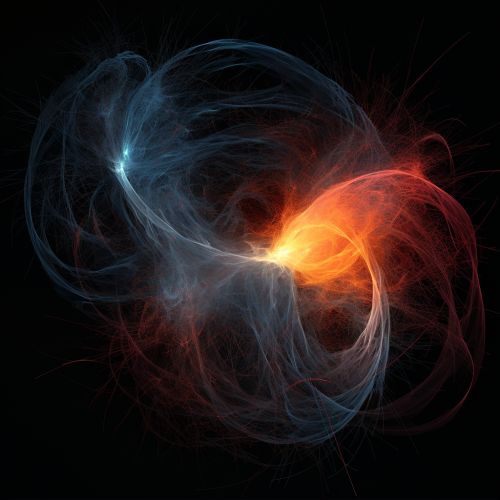
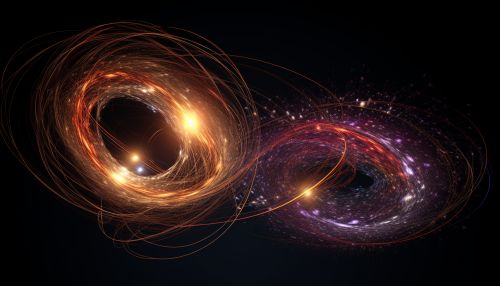
Quantum Computing
Quantum computing is one of the most promising applications of Quantum Information Theory. Quantum computers use qubits instead of classical bits, which allows them to process vast amounts of information simultaneously. This makes quantum computers potentially much more powerful than classical computers for certain tasks, such as factoring large numbers or simulating quantum systems.


Quantum Cryptography
Quantum cryptography is another application of Quantum Information Theory. It uses the principles of quantum mechanics to secure communication, ensuring that any attempt to eavesdrop on a communication would be detected. The most well-known quantum cryptographic protocol is Quantum Key Distribution (QKD), which allows two parties to generate a shared secret key that can be used for secure communication.
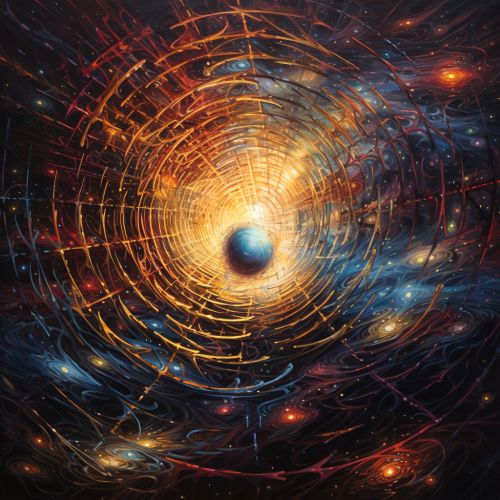

Conclusion
Quantum Information Theory is a rapidly evolving field that merges quantum mechanics and information theory. Its applications, particularly in quantum computing and quantum cryptography, have the potential to revolutionize our understanding of information processing and transmission.
See Also
Quantum Mechanics Information Theory Quantum Computing Quantum Cryptography Quantum Teleportation Quantum Key Distribution
